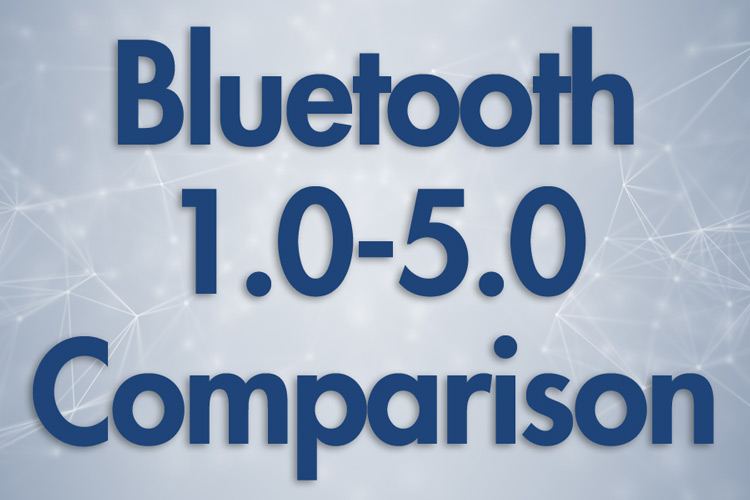- Home
- Symmetry Blog
- Technology Overview: The IoT Smart Lock | Symmetry Blog
Technology Overview: The IoT Smart Lock | Symmetry Blog
About Symmetry Electronics
Established in 1998, Symmetry Electronics, a Division of Braemac, is a global distributor of electronic components and systems. Combining premier components and comprehensive value-added services with an expert in-house engineering team, Symmetry supports engineers in the design, development, and deployment of a broad range of connected technologies.
Exponential Technology Group Member
Acquired by Berkshire Hathaway company TTI, Inc. in 2017, Symmetry Electronics is a proud Exponential Technology Group (XTG) member. A collection of specialty semiconductor distributors and engineering design firms, XTG stands alongside industry leaders TTI Inc., Mouser Electronics, and Sager Electronics. Together, we provide a united global supply chain solution with the shared mission of simplifying engineering, offering affordable technologies, and assisting engineers in accelerating time to market. For more information about XTG, visit www.xponentialgroup.com.

IoT has always made a big push for smart home technology. The automated home, where the home comes alive as its own being, is a new form of luxury. Everything is done with the touch of a button or a voice command, making the home a labor-free haven after a long day at work.
Perhaps no smart home would be complete without a smart lock. We have learned to trust passwords and other digital “keys,” so it would seem natural for our home to be secured using a digital security measure rather than the plain ol’ key hanging from a key ring. Many households have already caught on with this trend, with an estimated $559.4 million spent on the global smart lock market, and the demand is projected to exceed 135 million units by 2024. This has especially been the case as smartphones continue to play an important role in smart homes and our daily lives.
So, why have smart locks become so popular?
The appeal of smart locks?
Although a big focus with smart locks has been safety, the features that consumers get with using this technology has much more to do with convenience. Smart locks provide features like the ability to share digital keys with others that regularly visit their home, or a temporary key to a pet-sitter when the homeowner is on vacation. Smart locks can be locked wirelessly with the phone whether to avoid struggling with a jumbled keyring or to check if the locks are secured before going to bed.
Smart locks can either be compatible with physical keys or can be entirely keyless. While the former resembles a regular door lock, keyless options can be unlocked using a smartphone app, numbered keypad or keychain fob that unlocks with a tap.
Some smart locks also enhance security with added camera functionality. When the doorbell is rung, the camera provides a view of the visitor on your smartphone who rung the door and gives you the option to let them in.
While smart lock technology is still fairly basic in design, the future holds limitless possibility – perhaps retina scans or “voice keys” will become the new standard.
Wireless protocols used with a Smart Lock
The most common communication protocols used are Bluetooth, Zigbee, Z-Wave and Wi-Fi.
Bluetooth
It’s common to see Bluetooth-enabled smart locks due to BLE’s low energy requirements. A set of batteries should last a year or longer. However, the range is limited compared to other options, and Bluetooth locks connect to a smartphone rather than a hub, limiting the ability to control a lock while away from home.
For a refresher on Bluetooth Low Energy, click here.
Z-Wave/Zigbee
Smart locks using either Z-Wave or Zigbee are also popular options among smart homes. These two wireless protocols don’t communicate directly with a phone but instead communicate with a central hub which is connected to a home Wi-Fi network. Usually, these homes will have other smart home technologies using the same wireless protocol, allowing for full home integration.
Because the central hub is connected to a home Wi-Fi network, homeowners have the ability to control their smart locks from anywhere in the world, as long as they have an internet connection.
Wi-Fi
Locks using Wi-Fi connect directly with the home network. This option is the simplest setup for smart lock technology. However, Wi-Fi is energy demanding, so battery life may become an issue.
Similar to Z-Wave and Zigbee, Wi-Fi-enabled smart locks provide homeowners with smart lock access while away from the home, as long as there is an internet connection.
Conclusion
While smart lock technology is still relatively young, many households are adopting the technology in their home. A smart lock provides peace of mind for homeowners, and with smart locks becoming more affordable, that peace of mind is becoming more attracting even to those who have not yet embraced IoT. Expect to see the prevalence of smart locks increase in the future.



